Getting Over It is a physics-based platformer game developed by Bennett Foddy, known for its extreme difficulty and unique mechanics. The game puts players in control of a man named Diogenes, who is stuck in a large metal cauldron and equipped only with a sledgehammer to scale a mountain of random objects. The challenge lies in using precise movements with the hammer to climb higher, overcoming various obstacles that test the player’s patience and dexterity. The game’s infamously punishing difficulty has made it a cult classic, drawing both praise and frustration from players. Getting Over It is popular on many platforms, including KBH Games, a site that allows you to play various unblocked games, including this challenging title.
How to Play Getting Over It?
The core mechanics of Getting Over It are simple but incredibly hard to master. The objective is to climb a mountain using nothing but a hammer to push, pull, and propel yourself upwards. While the controls seem basic, the game’s unforgiving physics engine makes even the smallest mistake costly, often causing players to fall back down the mountain, losing hours of progress.
Here’s a step-by-step guide on how to play:
- Control the Hammer:
- You use the hammer to climb by pushing or pulling against the environment. Players can swing the hammer in circular motions to grip ledges, objects, or walls and use the momentum to move forward or upward.
- Master the Physics:
- The game’s physics are extremely sensitive, so every movement must be calculated. Reckless or overly ambitious swings of the hammer will often result in falling long distances. Patience and precision are key to making progress.
- Avoid Falling:
- One of the most brutal elements of Getting Over It is its lack of checkpoints. If you fall, there’s no way to recover your progress other than climbing back up. The challenge is in maintaining control and avoiding mistakes that send you tumbling down the mountain.
- Replayability:
- The game has no specific end other than reaching the top, but the frustration of falling and the satisfaction of slowly mastering the controls give it great replayability. Many players attempt to speedrun the game, challenging themselves to complete it faster or more efficiently each time.
Controls in Getting Over It
The controls in Getting Over It are deceptively simple but require precision and finesse to succeed:
- Mouse Movement: Move the hammer by moving your mouse. The hammer’s head follows your cursor, allowing you to control the swinging, pulling, and pushing actions.
- Click and Drag: Click and drag the mouse to make sweeping or controlled movements with the hammer.
- Physics-Based Movement: The key to success in Getting Over It is learning how the hammer reacts to the various objects and surfaces in the environment. Swinging the hammer in large, controlled circles or small, quick motions can be the difference between progress and falling.
It’s all about mastering these mouse movements. The game requires subtle control, as wild or jerky motions will likely send you crashing back to the bottom of the mountain.
Storyline in Getting Over It
Getting Over It doesn’t have a traditional storyline, but it offers a narrative experience through its gameplay and commentary. As you climb, the game’s creator, Bennett Foddy, provides philosophical musings on failure, perseverance, and frustration, often poking fun at the player’s inevitable mistakes. His voice accompanies the player’s journey, giving the game a unique tone that blends humor and existential reflection.
The core of the experience is not a plot but the emotional journey you undergo as a player. From the moment you start, the challenge is not just to climb the mountain, but to overcome the emotional highs and lows of the repetitive task, learning patience and self-control in the process.
The lack of checkpoints, combined with the difficulty of the game, serves as a metaphor for life’s struggles, encouraging the player to “get over it” and continue trying despite constant setbacks.
Tips for Playing Getting Over It
Here are a few tips to help you navigate the frustrations of Getting Over It:
Patience is Key:
The game’s difficulty often leads to frustration, but losing your cool will only result in mistakes. Take your time, especially when making critical movements.
Practice Makes Progress:
Every fall, while frustrating, is a learning experience. With each attempt, you’ll become more familiar with the game’s physics and obstacles, allowing you to progress further.
Small Movements Work Best:
While large swings may be tempting, especially in moments of desperation, small, precise movements with the hammer are often more effective. Take control of each motion to avoid slipping.
Use Momentum:
Learning how to use the hammer’s momentum to your advantage can be a game-changer. Sometimes, it’s better to build up a strong, controlled swing to propel yourself to higher ledges.
Take Breaks:
Getting Over It is notorious for causing frustration. If you find yourself getting angry, it’s best to step away from the game for a few minutes. Coming back with a clear mind will help you make better progress.
Pros and Cons of Getting Over It
Pros:
- Unique Challenge: The game’s punishing difficulty is one of its defining traits, making it a rewarding experience for those who enjoy tough, skill-based challenges.
- Minimalist Design: With its simple graphics and stripped-down mechanics, the game allows players to focus solely on mastering the controls and overcoming the obstacles.
- Philosophical Musings: Bennett Foddy’s commentary adds a humorous and thought-provoking layer to the game, turning it into more than just a frustrating climb.
- Replayability: The lack of checkpoints and the difficulty make it a game that players often return to, whether to challenge themselves further or to try new strategies.
Cons:
- Extreme Difficulty: The game’s high level of difficulty may be off-putting to some players, especially those who don’t enjoy the idea of losing progress after a fall.
- Frustrating for Casual Players: Getting Over It can be an exercise in frustration, and its relentless nature might not appeal to players looking for a more relaxed gaming experience.
- Repetitive: For some players, the repetitive nature of the gameplay—climbing and falling repeatedly—can feel monotonous over time.
Conclusion
Getting Over It is a unique and challenging game that pushes players to the limit of their patience and skill. Its difficult gameplay, combined with philosophical musings from the creator, makes it an unforgettable experience for those who are willing to endure the frustration. Whether you’re looking to test your resolve or simply try your hand at a notoriously tough game, Getting Over It offers a one-of-a-kind gaming experience. The unblocked version available on KBH Games allows you to enjoy this challenge anywhere, even on networks where games are usually restricted.
FAQs
What is Getting Over It about?
This game is a physics-based platformer where you control a man in a cauldron using a hammer to climb a mountain. The game is known for its punishing difficulty and philosophical commentary.
Is Getting Over It available on KBH Games?
Yes, this game is is one of the many games you can play on KBH Games, an unblocked gaming site that allows access even on restricted networks.
How hard is Getting Over It?
The game is extremely difficult due to its unforgiving physics and lack of checkpoints. Even the smallest mistake can send you tumbling down the mountain, forcing you to restart large portions of the game.
Can I play Getting Over It on mobile?
While this game was originally released for PC, it is also available on mobile devices. Some sites like KBH Games may offer browser-based versions that can be played on mobile.
What are the controls in Getting Over It?
The game is controlled using a mouse (or touchscreen on mobile). You move the hammer by dragging the mouse in circular motions to push, pull, and swing your way up the mountain.
How do I deal with frustration in Getting Over It?
The key to enjoying this game is patience. Take breaks when you’re feeling frustrated and approach the game with the understanding that falling is part of the learning process.
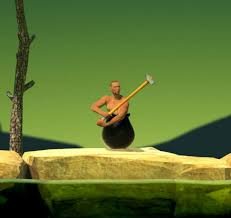
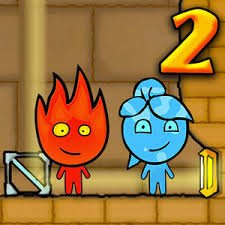 Fireboy and Water Girl 2 Light Temple - Play Online
Fireboy and Water Girl 2 Light Temple - Play Online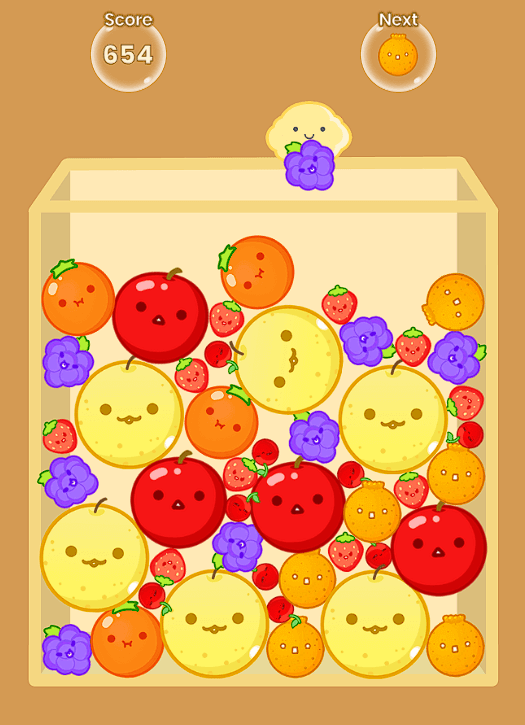 Suika Game: Watermelon
Suika Game: Watermelon Moto X3M 4 Winter | Play Online
Moto X3M 4 Winter | Play Online Learn to Fly
Learn to Fly Geometry Dash Rewired
Geometry Dash Rewired Low's Adventure 3 - Play Online Unblocked
Low's Adventure 3 - Play Online Unblocked Cookie Clicker Unblocked | Play Online
Cookie Clicker Unblocked | Play Online Basketball Stars 2019 - Play Online for Free
Basketball Stars 2019 - Play Online for Free Doodle Baseball
Doodle Baseball Geometry Dash Hollow Hills
Geometry Dash Hollow Hills OVO Unblocked | Play OVO Online for Free
OVO Unblocked | Play OVO Online for Free Rooftop Snipers 2 - Play Online for Free
Rooftop Snipers 2 - Play Online for Free Drift Hunters Unblocked Online
Drift Hunters Unblocked Online Candy Riddles
Candy Riddles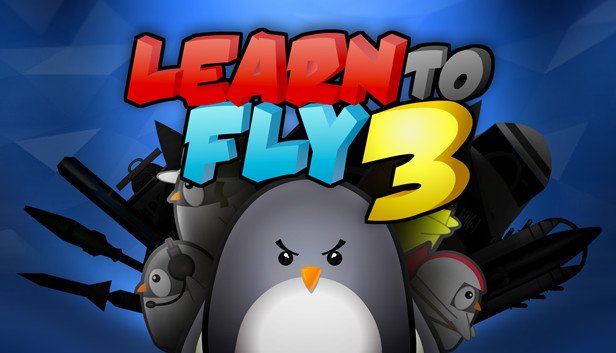 Learn to Fly 3 - Play Unblocked Online for Free
Learn to Fly 3 - Play Unblocked Online for Free Geometry Dash Lite Online Unblocked
Geometry Dash Lite Online Unblocked Soccer Bros - Play Online
Soccer Bros - Play Online Basketball Legends 2020
Basketball Legends 2020 Geometry Dash
Geometry Dash Doge Miner 2 - Play Online
Doge Miner 2 - Play Online Social Media Girls Fashion
Social Media Girls Fashion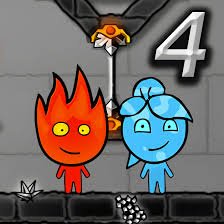 Fireboy and Water Girl 4 Crystal Temple Play Online
Fireboy and Water Girl 4 Crystal Temple Play Online Low's Adventure 3 - Play Online Unblocked
Low's Adventure 3 - Play Online Unblocked House of Hazards | Play Online for Free
House of Hazards | Play Online for Free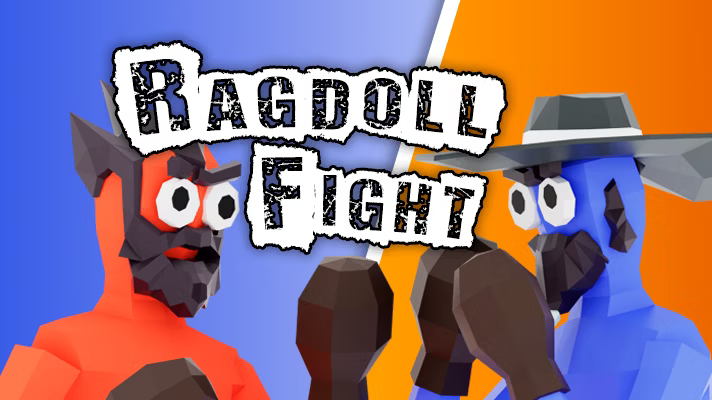 Ragdoll Fight - Play Online
Ragdoll Fight - Play Online OVO Unblocked | Play OVO Online for Free
OVO Unblocked | Play OVO Online for Free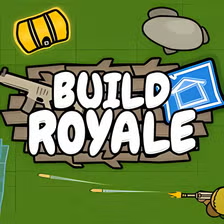 Build Royale io Game Online
Build Royale io Game Online Fireboy and Water Girl 3 Ice Temple Play Online
Fireboy and Water Girl 3 Ice Temple Play Online